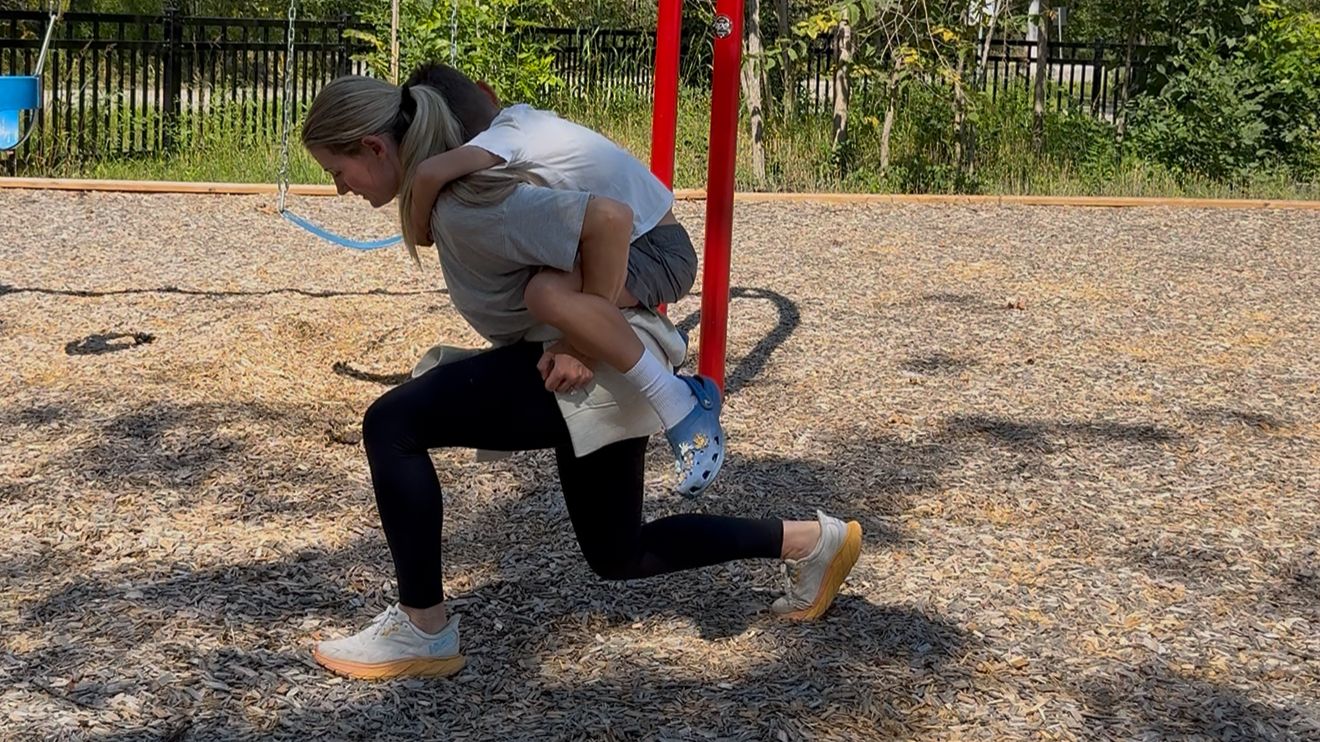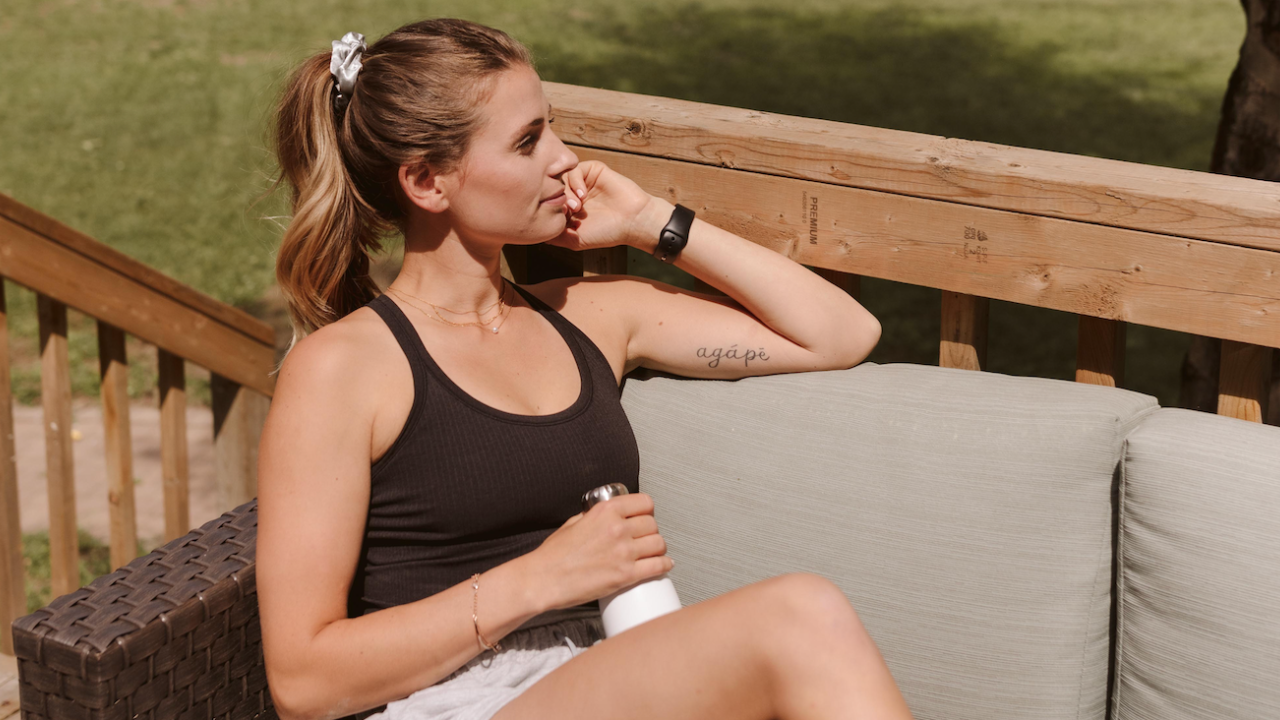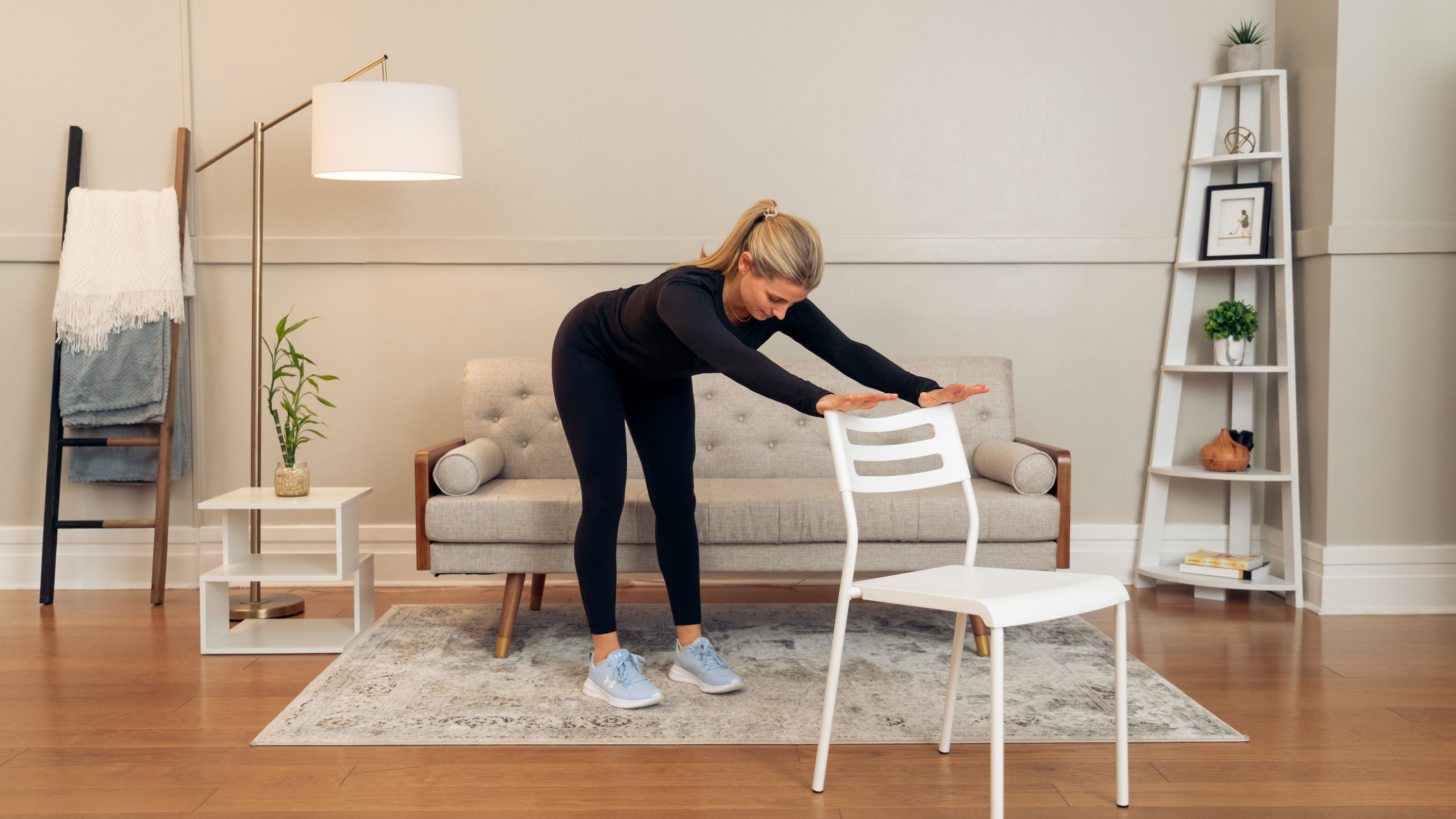Small Steps, Big Impact: Transforming Your Wellness Journey

The Interconnectedness of Wellness
When we think about wellness, it’s essential to recognize that it is not merely a collection of isolated components but rather an intricate web where physical, mental, and emotional health intersect. Many individuals experience various stressors in their lives—be it work-related pressures, family responsibilities, financial concerns, or even societal expectations. These stressors can manifest physically, often leading to discomfort or pain in areas like the back.
Understanding Stress and Its Impact on the Body
Stress triggers a physiological response in our bodies, releasing hormones such as cortisol and adrenaline. While these hormones prepare us for immediate challenges, chronic stress can wreak havoc on our health. It disrupts our sleep patterns, increases muscle tension, and can lead to chronic pain conditions. For instance, if you’re under constant pressure at work, you may unconsciously tense your muscles throughout the day. This tension can accumulate over time, particularly in your back and neck, leading to pain and discomfort.
Moreover, the relationship between stress and sleep is particularly crucial. Chronic stress can lead to insomnia or disrupted sleep patterns. When we don’t get enough quality sleep, our bodies struggle to heal and regenerate tissues effectively. This is especially important for spinal health; during sleep, our bodies perform vital repair processes that include muscle relaxation and tissue regeneration.
The Role of Sleep in Recovery
Quality sleep is essential for maintaining a healthy spine and overall well-being. During deep sleep stages, the body undergoes critical restorative processes:
- Tissue Repair: Sleep promotes the release of growth hormones that aid in tissue repair and regeneration. This process is crucial for healing any injuries and ensuring that spinal structures remain healthy.
- Muscle Relaxation: Adequate sleep allows the muscles surrounding the spine to relax fully. When we are in deep sleep, the body experiences muscle atonia—a state where voluntary muscles are completely relaxed. This relaxation helps alleviate tension that may have built up during the day.
- Fluid Regulation: Our spinal discs are fluid-filled structures that act as shock absorbers between vertebrae. During sleep, these discs rehydrate and receive essential nutrients necessary for their function. Insufficient sleep can impede this process, leading to increased strain on the spine when we are awake.
Research indicates that inadequate sleep can heighten pain perception and decrease our pain threshold. This means that if you’re not sleeping well due to stress or other factors, you may experience more intense back pain than someone who is well-rested.
Stress Reduction Techniques for Better Sleep
To break this cycle of stress affecting sleep—and vice versa—it’s vital to incorporate stress reduction techniques into your daily routine:
- Mindfulness Meditation: Practicing mindfulness helps calm the mind and reduce anxiety levels. By focusing on the present moment without judgment, you can decrease rumination that often keeps us awake at night.
- Deep Breathing Exercises: Techniques such as diaphragmatic breathing can activate your body’s relaxation response. Slowing your breathing increases oxygen intake and induces a state of calm conducive to better sleep.
- Relaxing Mobility Routines: Incorporating gentle mobility routines into your daily practice can significantly reduce perceived stress levels while enhancing flexibility and strength. These routines can help release accumulated tension in your muscles and joints while promoting relaxation throughout your body.
By integrating these techniques into your daily life, you can create a more conducive environment for restful sleep while simultaneously reducing accumulated tension in your muscles and joints.
Creating an Environment for Healing
It’s essential to view wellness holistically; addressing only one aspect of your health may not yield the desired results. For example, if you focus solely on physical exercise without considering how stress impacts your body or how well you’re sleeping, you may find yourself stuck in a cycle of frustration.
Your wellness journey should include:
- Acknowledging Stressors: Identify what stresses you out—be it work deadlines or family obligations—and take proactive steps to manage these stressors effectively.
- Prioritizing Sleep Hygiene: Create a bedtime routine that promotes relaxation. This could include limiting screen time before bed, keeping your bedroom dark and cool, and establishing a consistent sleep schedule.
- Engaging in Gentle Movement: Incorporate relaxing mobility routines into your routine that promote mobility without exacerbating existing issues. These routines not only help alleviate physical tension but also encourage mental calmness. You can try my FREE 5 Minute Lower Body Mobility Routine here.
By understanding how these elements interplay within your body—how stress affects muscle tension and how quality sleep facilitates recovery—you empower yourself to take charge of your health journey more effectively.
In conclusion, recognizing the interconnectedness of wellness allows us to approach our health holistically. By addressing stress through effective techniques and prioritizing restorative sleep, we create an environment where healing can flourish. Remember that small changes in how we manage stressors can lead to significant improvements in our overall well-being—especially when it comes to alleviating back pain and enhancing spinal health.
We're here to support you every step of the way. Whether you're just starting out or looking to refine your existing routine, the All Access Pass is designed to meet you where you are and help you move forward at your own pace.
Follow along on Instagram, TikTok, and YouTube, or join the email list at the bottom of this page to get helpful wellness tips and tricks right into your inbox.






